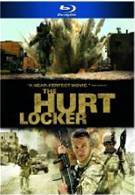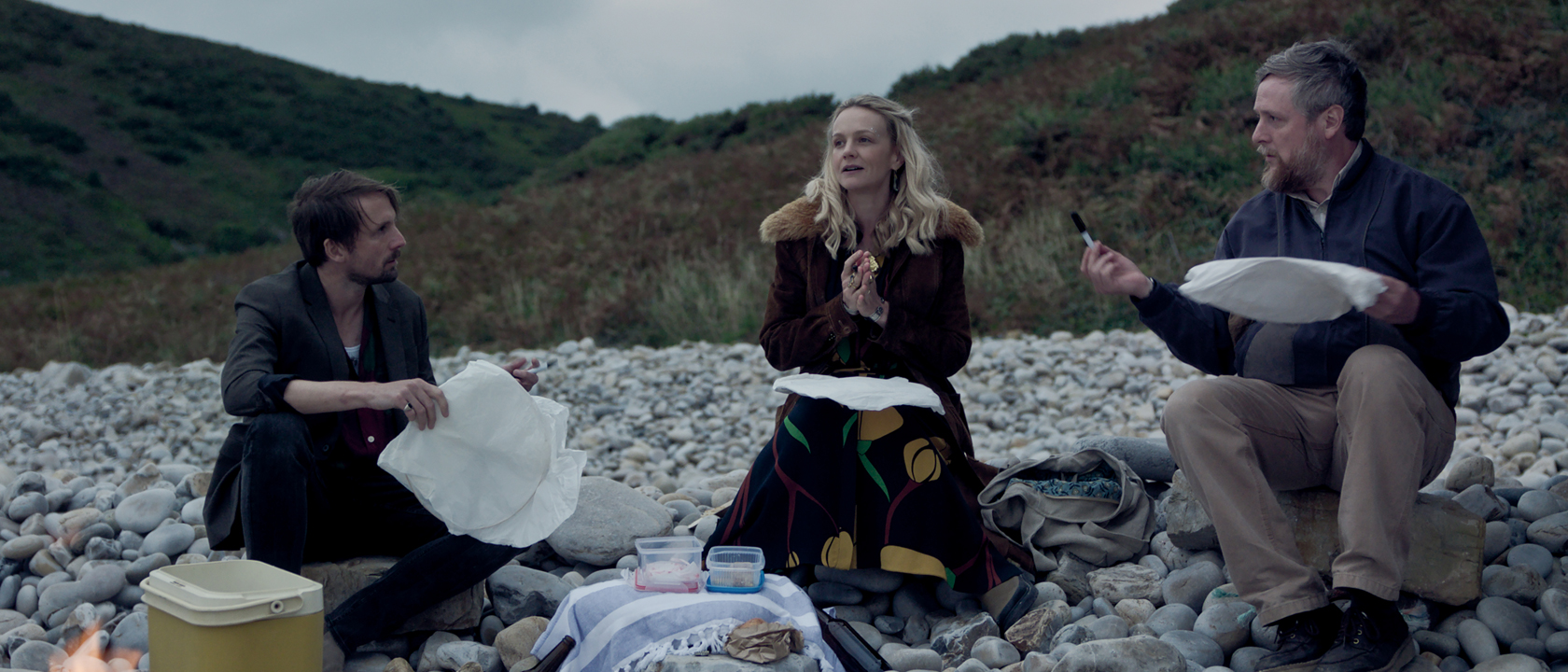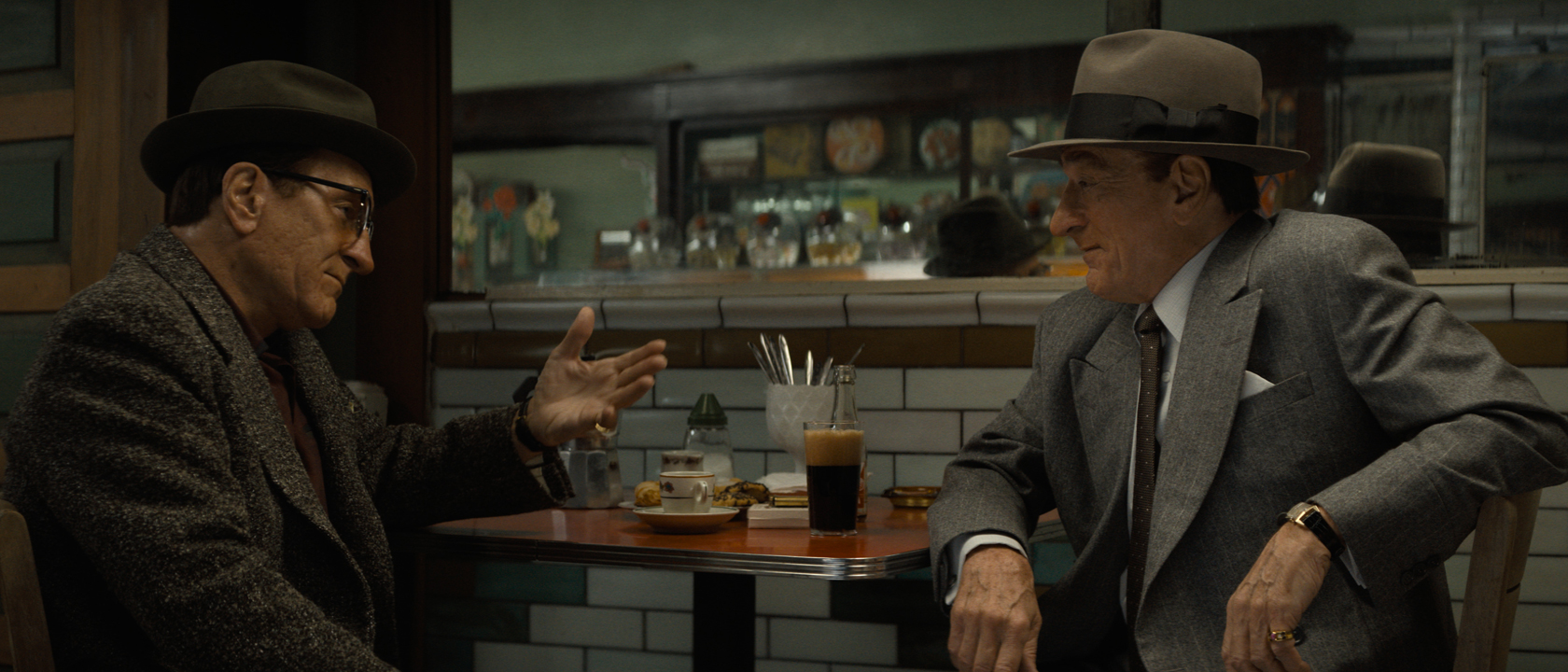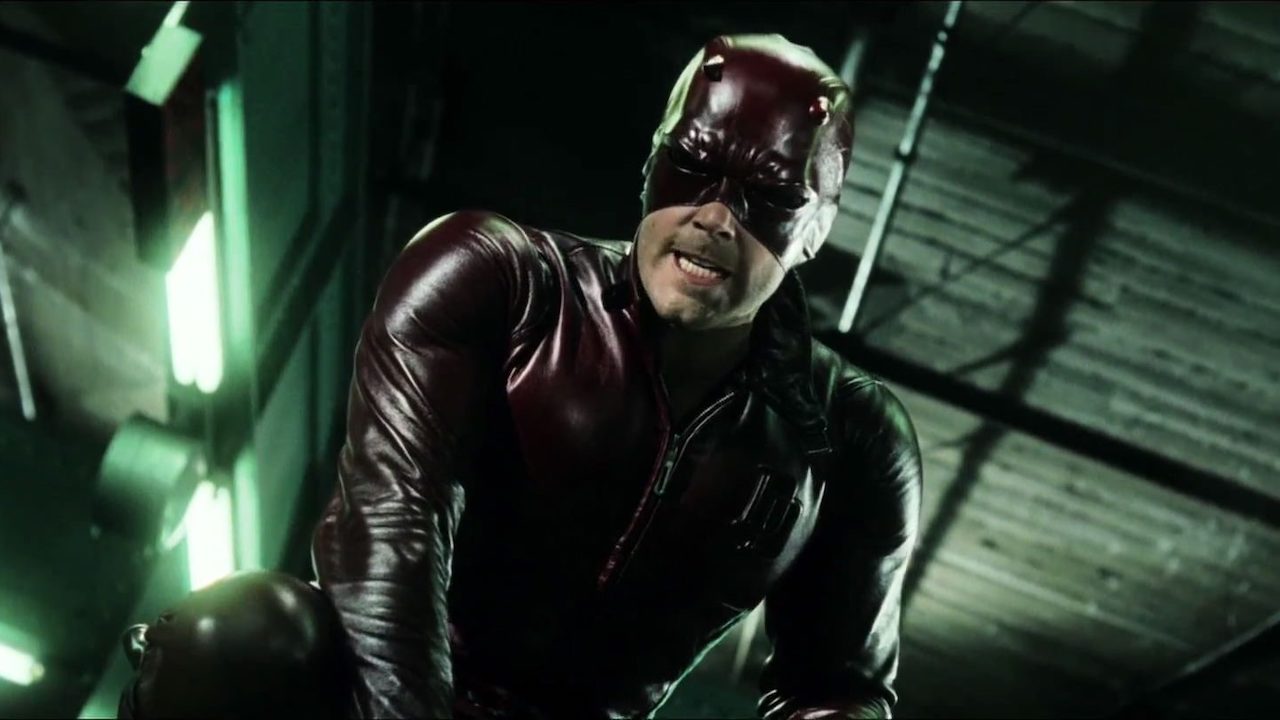Despite being six months old and never getting a wide release, The Hurt Locker is still fresh in many critic's minds. Sweeping at both at the Boston, Chicago, and Las Vegas critics awards, plenty of eyes will be on director Kathryn Bigelow and star Jeremy Renner come time for the Academy Award nominations, and what better way to bring get the film attention than with a well-timed DVD release? In the 2005 movie Jarhead, Anthony Swofford, played by Jake Gyllenhaal, narrates, “Every war is different, every war is the same.” With the few obvious exceptions, the same principle can be applied to war films. They may examine different wars and the political minutia that surround them, but when it all boils down to the core, the message is generally the same William Sherman quote: “War is Hell.”
Enter The Hurt Locker, director Kathryn Bigelow’s return to the big screen after a seven-year absence. The film follows a three-man bomb squad (Jeremy Renner, Anthony Mackie, and Brian Geraghty) working to protect civilians and military personnel alike during a tour in the Iraq War. While the film contains many of the same qualities as its genre brethren, it also brings enough atypical material to be swinging in its own ballpark.
Told episodically, the film’s scenes are separated with a countdown of the days left in the platoon’s service in Iraq. Nearly every scene in the film sees the three soldiers out in the field responding to a call, keeping the tension at a perpetual high as each situation brings a new form of explosive, a new threatened area, and a new group of potentially dangerous eyes watching every move they make. Filmed in an almost documentary-type fashion, the audience experiences the tour of an Explosive Ordnance Disposal unit while also delivering character development for its three main protagonists.
Leading the film is Renner as Staff Sergeant William James, who is called in to command the group following the death of the unit’s previous sergeant. Initially, Renner comes across as a stock character: cocky yet brilliant, like a bomb-defusing robot crossed with the personality of Gregory House. Within the first 10 minutes of meeting him he breaks protocol by blocking his team’s sight lines with a smoke grenade and fails to respond to communication. As the center of the film, had James failed to undergo any kind of arc or emotional shift, The Hurt Locker would have died a slow two-hour death, but once the company begins to mesh, most notably during a scene in which the three are pinned down by sniper fire for hours in the middle of the desert, the film begins to take shape.
But what makes the film different? Up to this point it is a war film in which people die and fear for their lives while growing closer together as a unit. What separates it from other films of its kind can be seen in black and white at the beginning of the film – a quote from New York Times war correspondent Chris Hedges: "The rush of battle is a potent and often lethal addiction, for war is a drug." Rather than being hell on Earth, the war has instead become a prison where every soldier has become institutionalized. James has a wife and son at home whom he legitimately seems to care for, but his mind is permanently in the desert; the adrenaline of his duties completely takes over his life, leaving him unable to take joy in anything else.
One can also not ignore Bigelow’s fantastic direction. Her first feature film since the Harrison Ford vehicle K-19: The Widowmaker back in 2002, the film’s tension is executed perfectly, be it watching the muzzle flash of a sniper rifle and waiting what feels like an eternity to see if it hit, or watching sand defy gravity in slow motion as it is pummeled by shockwaves. In contrast to the works of directors like Michael Bay or Roland Emmerich, the movie’s explosions are visually appealing as the clouds of smoke take shape, rather than simply being huge balls of CGI fire.
Not everything The Hurt Locker brings to the table is groundbreaking, but with so many films in the genre doing the same thing, it is ultimately refreshing to find one that does something new. After all, war has too much narrative potential to be simply labeled as “hell.” Taking into consideration the fact that the film is expected to be in contention at this year’s Academy Awards, the Blu-ray release of the film is quite weak. With one disc and no digital copy, the package includes only a behind-the-scenes featurette and an image gallery by way of special features (though the gallery does include an interesting Q&A session with director Kathryn Bigelow and writer Mark Boal, who also provide the film’s commentary track).The package is certainly stronger than the standard DVD release (which contains has the exact same features), because this is certainly a film that benefits from high-definition viewing. Buy the disc for the movie, tolerate it for it’s shitty features.

Eric Eisenberg is the Assistant Managing Editor at CinemaBlend. After graduating Boston University and earning a bachelor’s degree in journalism, he took a part-time job as a staff writer for CinemaBlend, and after six months was offered the opportunity to move to Los Angeles and take on a newly created West Coast Editor position. Over a decade later, he's continuing to advance his interests and expertise. In addition to conducting filmmaker interviews and contributing to the news and feature content of the site, Eric also oversees the Movie Reviews section, writes the the weekend box office report (published Sundays), and is the site's resident Stephen King expert. He has two King-related columns.











